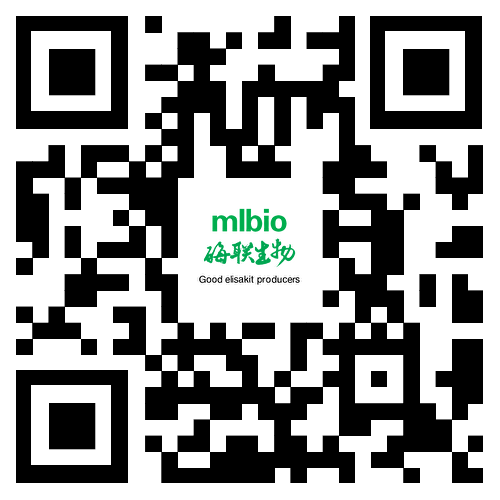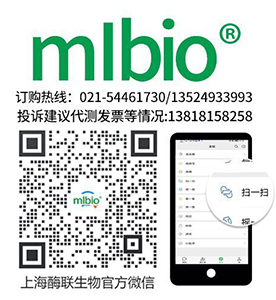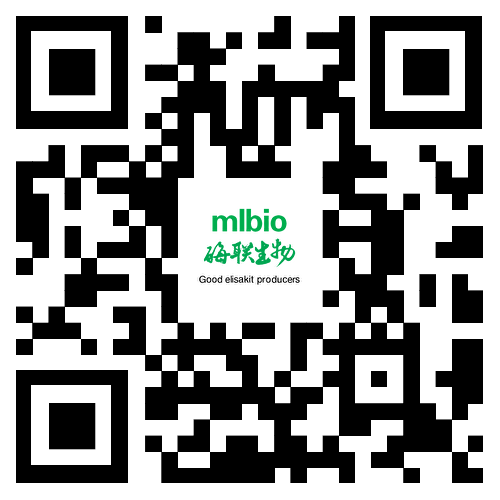產品貨號 : mlR16898
英文名稱 : KCNK15
中文名稱 : 鉀離子通道蛋白15抗體
別 名 : Acid sensitive potassium channel protein TASK 5; Acid-sensitive potassium channel protein TASK-5; dJ781B1.1; K2p15.1; KCNK11; KCNK14; Kcnk15; KCNKF_HUMAN; KIAA0237; KT3.3; OTTHUMP00000031072; Potassium channel subfamily K member 14; Potassium channel subfamily K member 15; Potassium family subfamily K member 15; TASK 5; TASK5; TWIK related acid sensitive K(+) channel 5; TWIK-related acid-sensitive K(+) channel 5; Two pore K(+) channel KT3.3; Two pore potassium channel KT3.3.
研究領域 : 細胞生物 免疫學 神經生物學 通道蛋白
抗體來源 : Rabbit
克隆類型 : Polyclonal
交叉反應 : Human, Mouse, Rat, Pig, Cow, Rabbit, Sheep,
產品應用 : ELISA=1:500-1000 IHC-P=1:400-800 IHC-F=1:400-800 ICC=1:100-500 IF=1:100-500 (石蠟切片需做抗原修復)
not yet tested in other applications.
optimal dilutions/concentrations should be determined by the end user.
分 子 量 : 36kDa
細胞定位 : 細胞膜
性 狀 : Lyophilized or Liquid
濃 度 : 1mg/ml
免 疫 原 : KLH conjugated synthetic peptide derived from human KCNK15:1-100/230
亞 型 : IgG
純化方法 : affinity purified by Protein A
儲 存 液 : 0.01M TBS(pH7.4) with 1% BSA, 0.03% Proclin300 and 50% Glycerol.
保存條件 : Store at -20 °C for one year. Avoid repeated freeze/thaw cycles. The lyophilized antibody is stable at room temperature for at least one month and for greater than a year when kept at -20°C. When reconstituted in sterile pH 7.4 0.01M PBS or diluent of antibody the antibody is stable for at least two weeks at 2-4 °C.
PubMed : PubMed
產品介紹background:
This gene encodes one of the members of the superfamily of potassium channel proteins containing two pore-forming P domains. The product of this gene has not been shown to be a functional channel, however, it may require other non-pore-forming proteins for activity. [provided by RefSeq, Jul 2008]
Function:
Probable potassium channel subunit. No channel activity observed in heterologous systems. May need to associate with another protein to form a functional channel.
Subcellular Location:
Membrane.
Tissue Specificity:
Detected in pancreas, heart, placenta, lung, liver, kidney, ovary, testis, skeletal muscle and adrenal gland, and at lower levels in prostate, spleen and thyroid gland.
Similarity:
Belongs to the two pore domain potassium channel (TC 1.A.1.8) family.
SWISS:
Q9H427
Gene ID:
60598
Important Note:
This product as supplied is intended for research use only, not for use in human, therapeutic or diagnostic applications.











